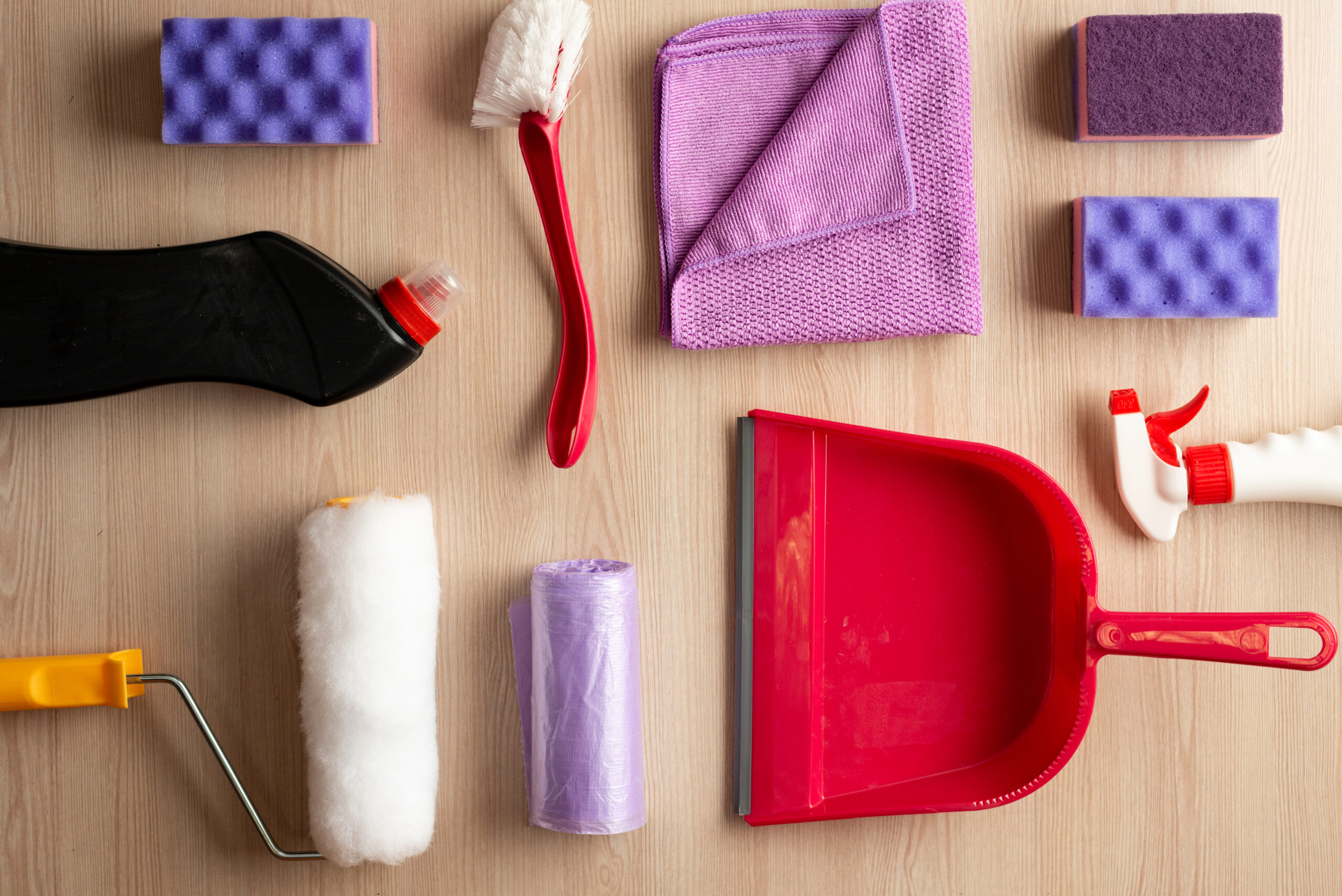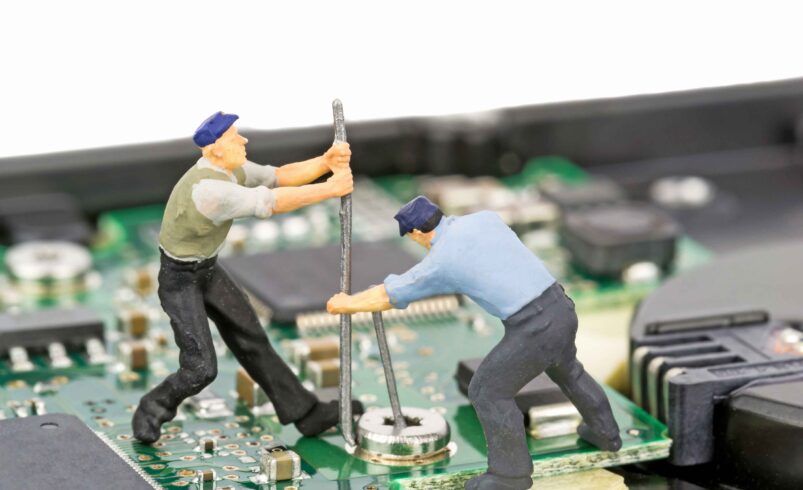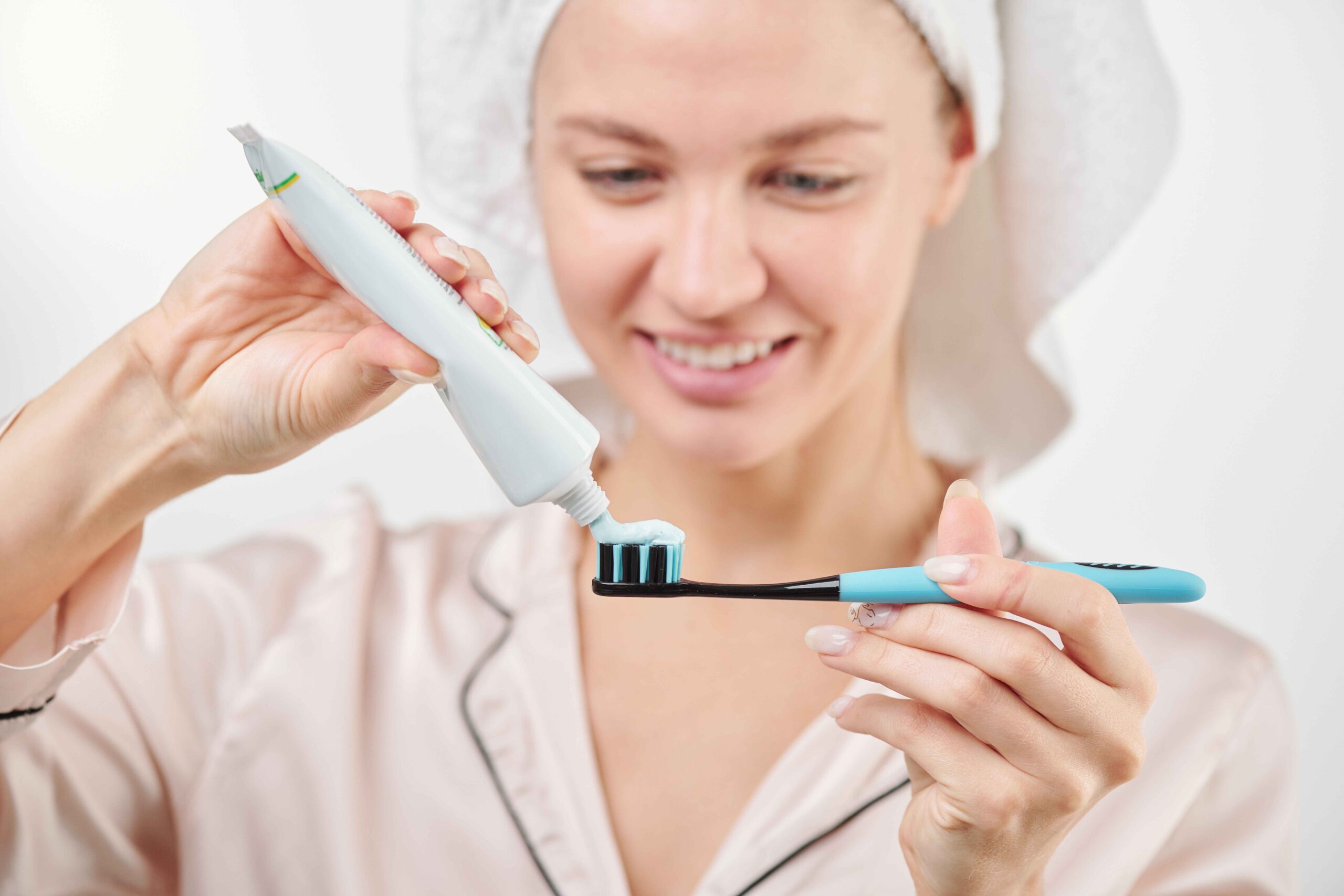Fix 80% of Common Appliance Issues with These Simple Maintenance Tips
- March 11, 2025
- 0
Introduction: The Importance of Troubleshooting Your Appliances Home appliances make our lives easier—until something goes wrong. Fortunately, many common problems can be fixed with simple at-home solutions before











